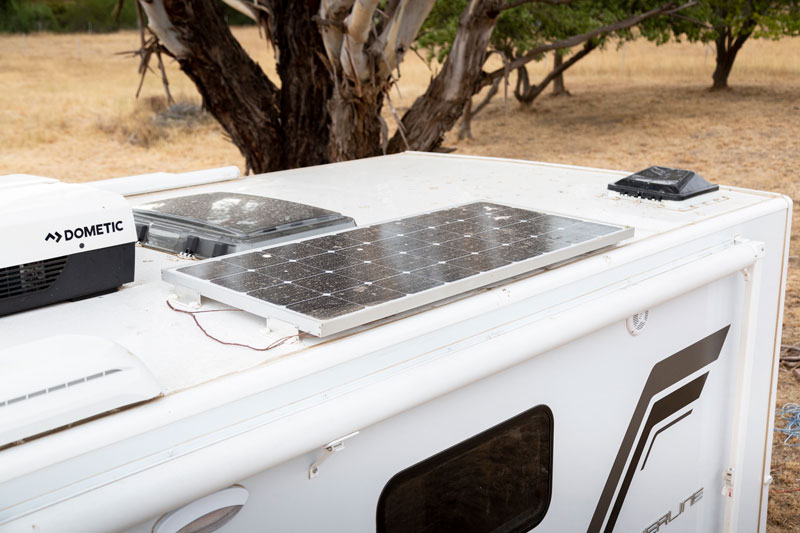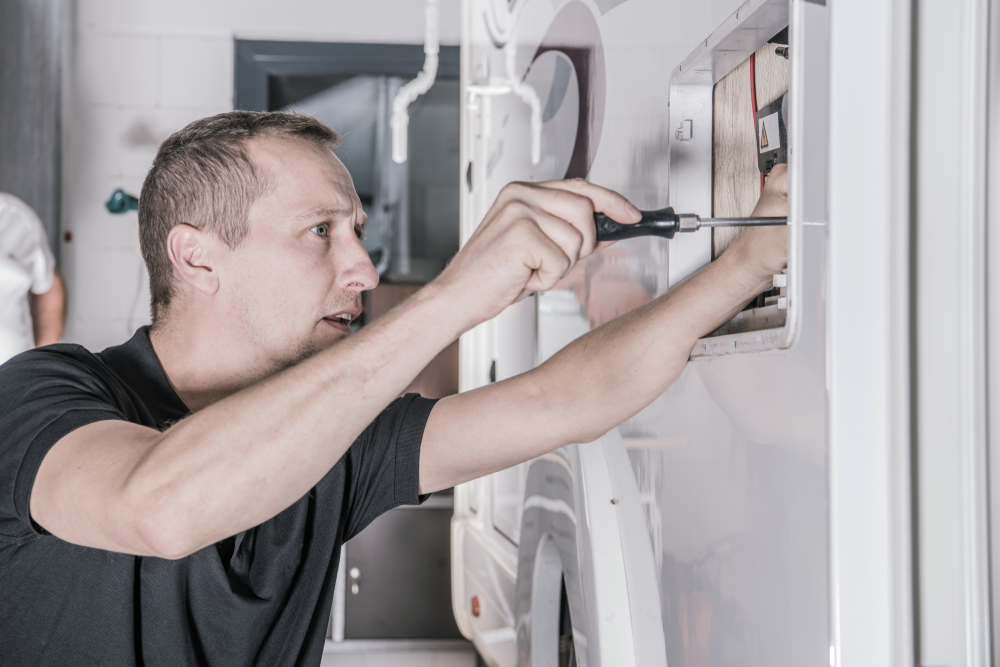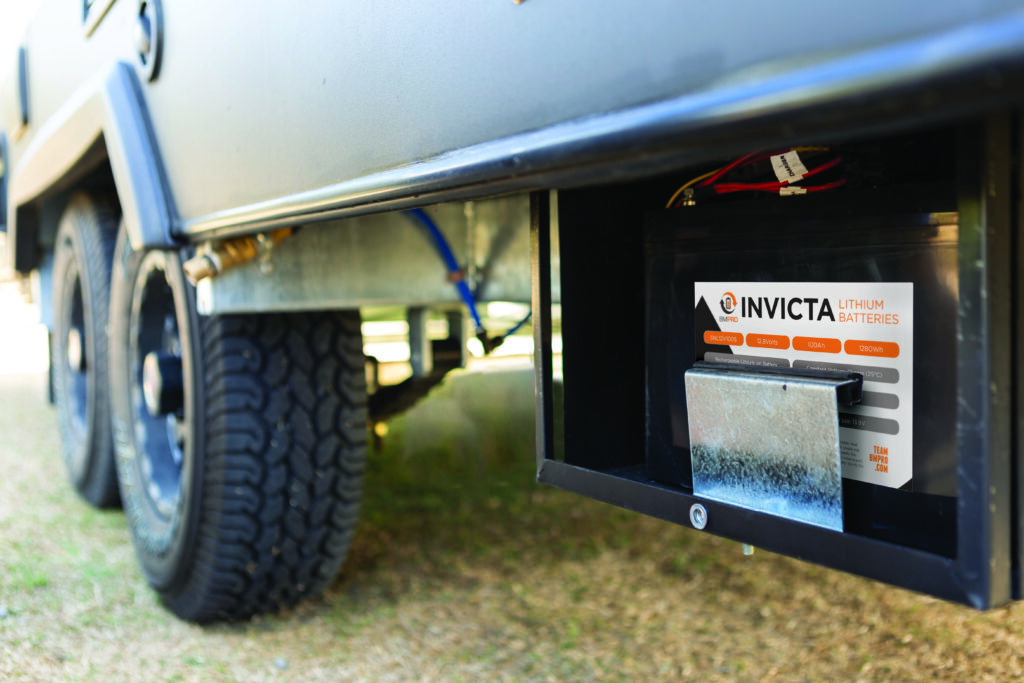
12V Guru – Optimising your Solar Power System
Solar Panels installed on your vehicle roof? Our 12V Guru discusses how to optimise their performance in place of buying more panels
Hi 12V Guru,
My wife and I are getting little lost with all the difference ways to charge the battery in our caravan and were told that we could just connect the car battery to the caravan battery with some heavy wiring. Is this correct?
Bruce Manyard, ALBANY WA
Thanks for the question, Bruce!
It can be a bit confusing to understand this at first but hopefully this article can steer you in the right direction. Your caravan battery can be charged in 3 ways. The first is via a battery charger which takes AC power from the wall and converts this to DC power (which is what your battery requires) – using a multi stage charging algorithm to charge your battery. The second method is via solar panels and harnessing that natural energy. These could be roof mounted or portable solar panels that use a specific solar regulator to convert the solar energy, again via an algorithm, to charge the caravan (“house”) battery. And finally there is the ability to charge from the tow vehicle by connecting to the car battery/alternator – what is normally referred to as DC-DC charging.
DC means Direct Current and is the flow of electrons in one direction. With DC, the direction and flow of the amperage (current) do not change unlike AC or Alternating Current, which is usually generated by power plants and used mostly in household scenarios.
DC power is mainly used for power from batteries such as torches, phones etc. A DC charger will take the available power (DC) from your vehicle’s alternator and convert this to energy suitable for charging your house battery properly. The DC charger determines if the alternator’s voltage is suitable; if not, it boosts it to a higher voltage suitable to charge AGM house batteries through the 3 stages of charging – Bulk, Absorption and Float.
So, you are correct in saying that you can set up a DC-DC charging system by connecting it to your car battery, however, there are caveats to this. You will require a specific DC-DC charger to be added to your electrical setup to properly charge your battery and prevent the draining of your car battery once stopped. The next step is to understand which type of DC-DC charger you require, the size, and installation location. Check as to what kind of power management system you currently have in your caravan. Many of these systems, such as the BMPRO units, installed by the manufacturer, allow for a DC-DC input and if you don’t require high-power charging whilst driving, the trickle charge this provides may be adequate. This works by energy transferring down to the house battery if the voltage is lower than the car battery. Most likely though, you will need a separate DC-DC charger and not all DC-DC chargers are compatible with other power management systems as many have a minimum voltage they need to detect to commence charging.
The other reason that you will need a DC-DC charger is that by simply connecting to the car battery the house battery back in your caravan will only receive the terminal voltage of what the alternator puts out to the car battery and this will not match the voltage requirements of your deep cycle house battery. This will be a different type of battery – deep cycle, and therefore will need to be charged differently.
We would recommend that for up to a 200Ahr house battery bank you can adequately use a 20/25A DC Charger and for larger battery banks, consider a 40A charger. Remember that bigger is not always better. You don’t want to overheat your battery by letting it take in too much charge too quickly which also puts additional pressure on an alternator that may have been designed for a car, not a caravan. Lastly, if you have invested in Lithium batteries in your caravan, ensure that you install a DC charger that can charge this battery chemistry properly; not all DC charger have this capability. Without an appropriate DC charger, your caravan battery will never fully charge effectively.
Like this post? Share it!

Solar Panels installed on your vehicle roof? Our 12V Guru discusses how to optimise their performance in place of buying more panels

Looking at installing your own 12V products such as a DC-DC charger and shunt? Our 12V Guru discusses connectors and what you need to know here

This is a guide to help understand the requirements of the new standard in relation to lithium battery

© 2020